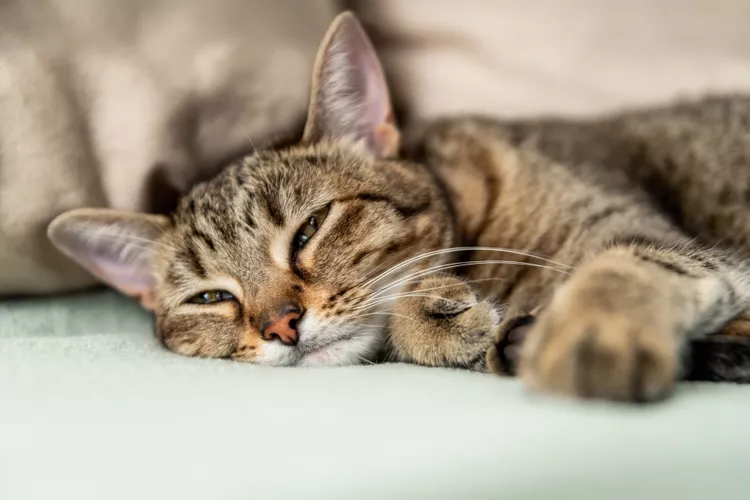
When a cat's normal behavior changes subtly or dramatically, a conscientious owner can't help but feel concerned. Knowing what is "normal" for your cat will make it easier to recognize behavioral problems that arise. Some changes can indicate underlying health or social issues, while others are simply personality quirks that arise as your cat grows older. Learn the differences—for both your cat's well-being and your peace of mind.
Some cats have a stronger prey drive and will act aggressively toward toys, children, other pets, or even their owners. This aggressive behavior is natural, but if a normally mellow cat suddenly starts acting aggressively, then this is a cause for concern.
Pain and fear are often the reasons for a cat to exhibit unprecedented—or unprovoked—aggression. Events that can cause a cat to be fearful include:
Resolving the aggressive behavior may mean finding and eliminating the cause of the pain or fear, using medications and behavior supplements, and reassuring your cat. Discipline is not the solution for aggressive behavior in cats.
Cats are creatures of habit. They will quickly learn when it's meal time if you meal feed or that there is always food available if you elect to leave a bowl out. If your cat's speed of eating or the amount of food consumed changes drastically, then it may signal a problem such as:
Some cats are naturally more playful than others and, just like people, they have individual personalities. But when a regularly playful cat doesn't want to play like it used to, it may be cause for concern. A cat that doesn't feel well or is in pain may not want to jump around and chase toys. A veterinary visit may be in order if your cat does not return to a normal playful cat after a couple of days.
Cats that do not feel well or are scared are likely to hide, Stressful or traumatic events may also precipitate hiding, including:
If the hiding is due to an event, then your cat should return to normal after a few days, If it is due to an illness or pain, the cat may need to be examined by a veterinarian.
One of the main reasons cats are relinquished, euthanized, or abandoned is the development of a urinary or fecal elimination problem. Behavior changes in the urination and defecation habits of your cat are most often related to stress, fear, or a lack of appropriate, clean, litter box options.
Some cats suddenly choose to defecate and/or urinate outside of their box, and this behavior is your cat trying to tell you something. They may not like the size of the box, the kind of litter, how dirty the litter is, the placement of the box, or the number of litter box options they have.
In some cases, cats may be trying to tell you that they don't feel well and that they have a urinary tract infection or pain from a digestive tract problem. If you notice abnormally large clumps of litter from urine, spots of blood in the litter box, absent or very small clumps of litter from urine, or your cat is straining, crying, or eliminating outside of the litter box, you should not hesitate to visit the veterinarian to address the potentially life-threatening infection.
Many other things can cause elimination behavior changes and even the experts do not fully understand all the reasons behind them. Medical reasons for elimination behavior changes should always be ruled out before fixing any environmental issues.
Scratching is a normal cat behavior, but if your cat suddenly starts scratching more, especially in one particular spot, it could be an indication that it is stressed. Nutritional supplements designed to relax your cat without sedating it, as well as pheromones, may help lower your cat's stress level.
Otherwise, think about any changes in the environment that may have negatively impacted your cat and do your best to correct them.
Cats who are not feeling well may sleep more than usual. There is, of course, the simple possibility that your cat is just lazy and/or overweight, but if a cat starts sleeping more than it used to, you should schedule a visit to your veterinarian.
Grooming is a natural cat activity. They typically groom themselves and others when they are relaxed or feel as though their fur is messy. Cats that stop grooming or have a major decrease in self-grooming may be ill and should be checked out by a veterinarian.
Sometimes cats who are gaining weight are unable to reach certain areas of their body; therefore, they are unable to groom themselves. This can be fixed by helping your cat to lose the extra weight with less food or a lower-calorie diet.
Sore joints and muscles are also a contributing factor in grooming. Cats that have osteoarthritis or injuries may not be able to reach certain areas to groom that they were once able to reach.
Cats have many vocalizations and reasons for making them. Possibilities include:
Assess the situation and think about what changes could be causing the vocalizations. If you cannot think of any reasons for the sudden noises your cat is making, consider scheduling a visit with your veterinarian to see if there is a medical reason causing distress in your cat.
Any change in a cat's behavior could be considered an emergency, so if you're unsure, promptly schedule a vet visit. Sudden reclusive behavior, lethargy, or aggression are possible indicators of pain or illness that should be diagnosed and treated as soon as possible.
Minor changes in behavior, or those that appear and pass quickly, are rarely cause for concern and can be chalked up to cat quirks.

Exploring the Different Types of Pet-Friendly Beaches
Are you looking for pet-friendly beaches? Learn about the different types of pet-friendly beaches, their locations, and tips for visiting them with your pet.
Exploring Pet-Friendly Wineries: Types, Locations, and More
Discover the different types of pet-friendly wineries, where to find them, and what to expect when you visit. Learn more with The Spruce Pets.
Why Is My Dog’s Eye Swollen?
If your dog's eye is swollen, she may need veterinary attention. The inflammation could be caused by allergies, an injury, or even a tumor.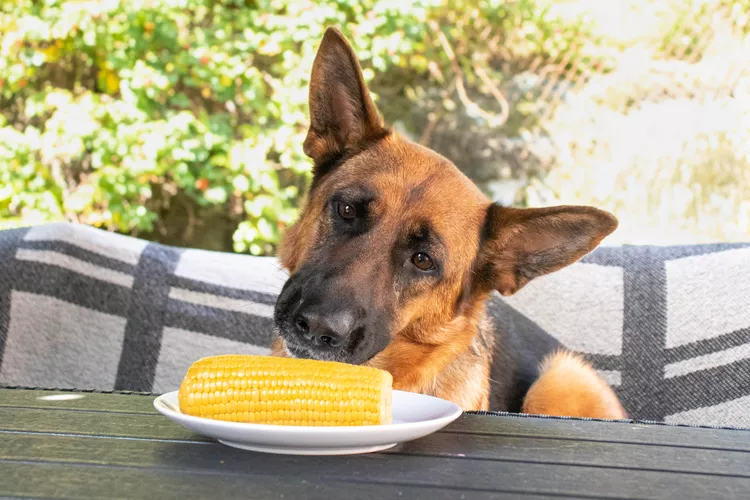
Can Dogs Eat Corn on the Cob?
Dogs love chewing on corn cobs, but this can cause serious harm. Learn about the dangers of corn cobs and find out what to do if your dog eats one.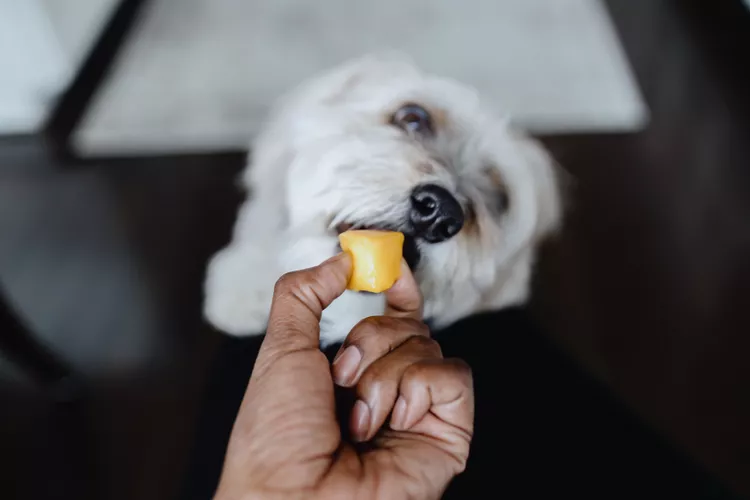
Can Dogs Eat Papaya? What to Know About Sharing This Tropical Fruit With Your Pup
Papaya is safe for dogs in moderation, and it can even provide some nutritional value for them. However, too much can cause digestive upset, and it's not suitable to share with dogs with certain health conditions.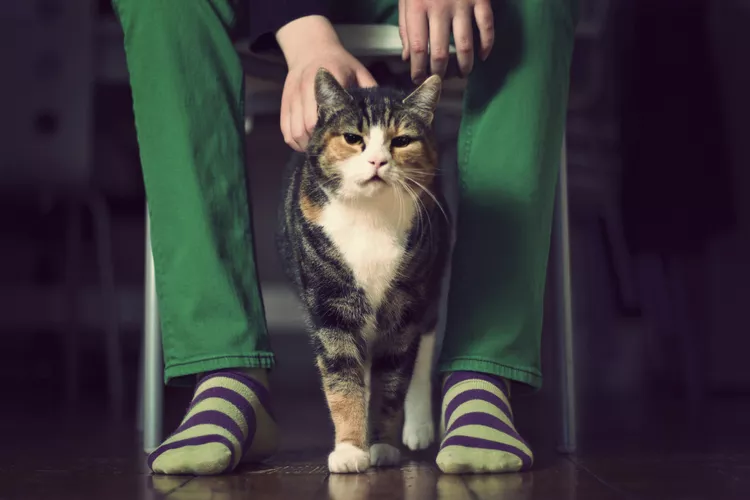
65 Irish Cat Names
Irish cat names can pay homage to historical places, local cuisine, famous Irish actors and musicians, or other wonderful aspects of the Emerald Isle.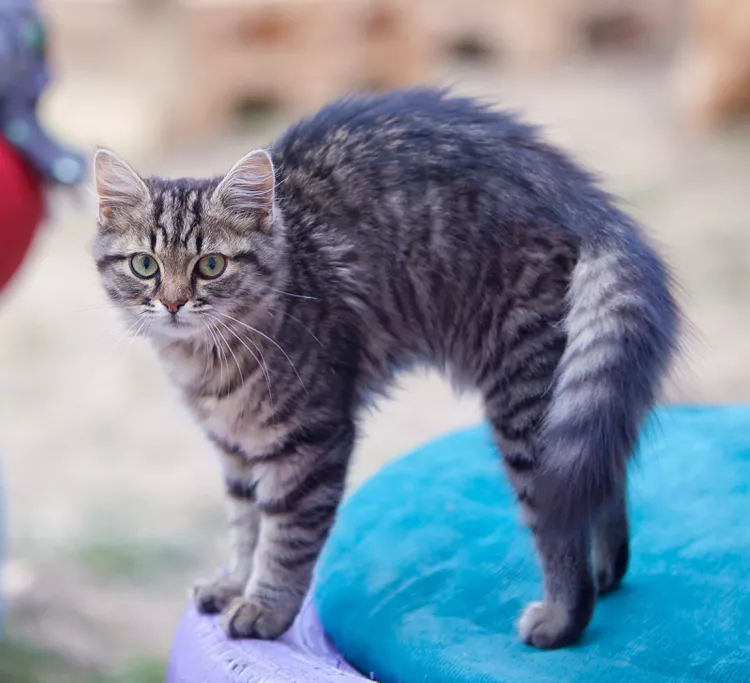
Feline Hyperesthesia Syndrome (FHS) in Cats
Rippling skin is more than dermal sensitivity in cats. It can be a sign of Feline Hyperesthesia Syndrome. Learn the causes, treatment, and prevention.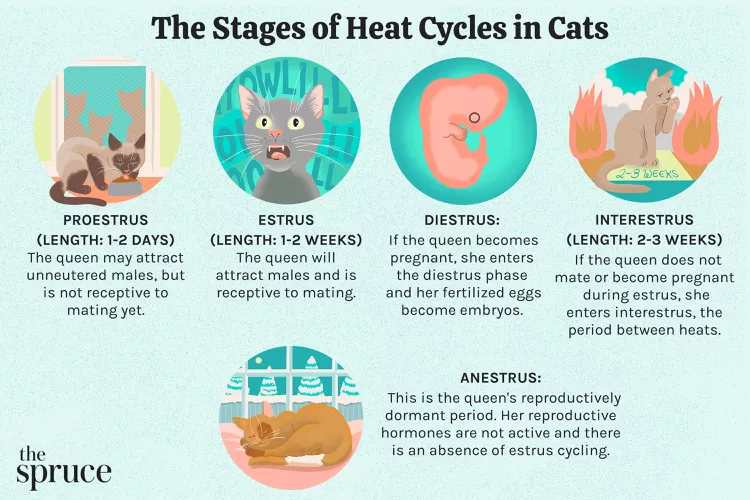
How Long Are Cats in Heat?
How long are cats in heat? Learn about the heat cycles of cats, also called estrus, as well as the reasons you should spay your cat.
Can Dogs Eat Raw Chicken Feet?
What are the potential health benefits of chicken feet for dogs? What are the risks?
Is Eucalyptus Safe for Cats?
Many products containing eucalyptus are not safe for cats, and it is important to be aware of the risks to your cat.
What You Need to Know About Homemade Cat Food
If you want to cook for your cat, make sure to read about the risks associated with homemade diets for cats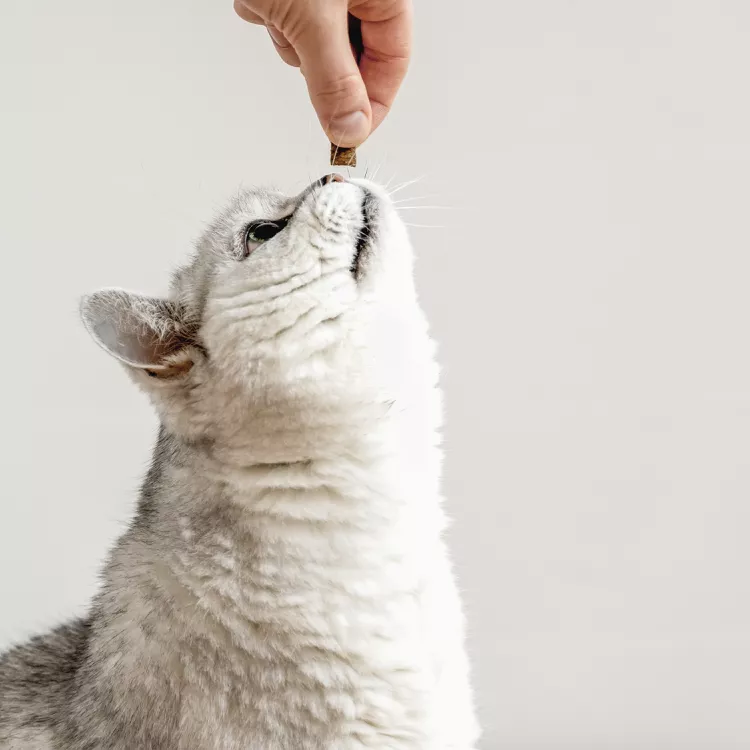
Can Cats Eat Peanut Butter?
Peanut butter is not toxic to cats, but it might not be the best choice of treat for them.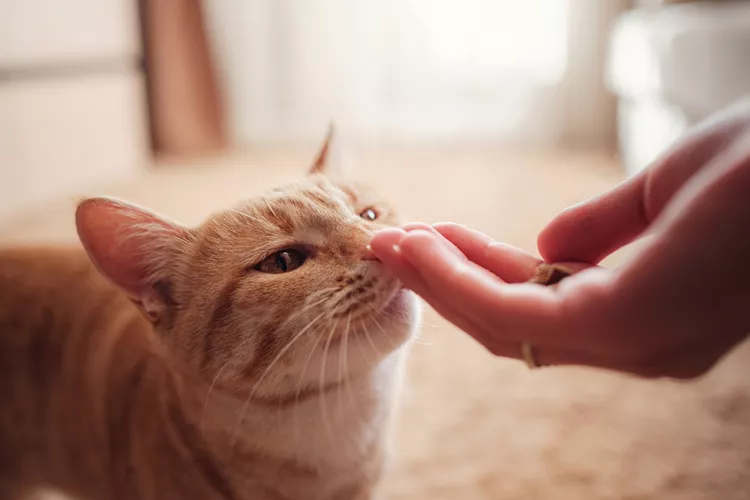
Can Cats Eat Cheese?
Can cats eat cheese? Is it healthy for them? How much can they eat and what should you do if you fear your cat has eaten too much cheese?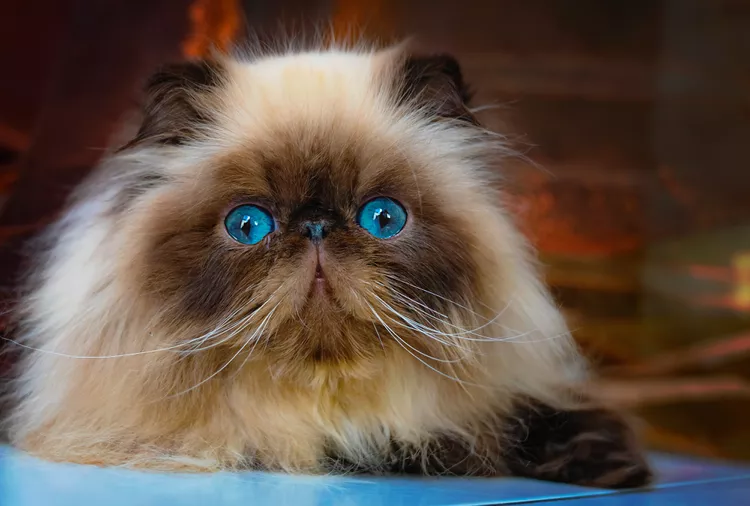
8 Flat-Faced Cats with the Cutest Smooshed Faces
These flat-faced cat breeds have a distinct and adorable appearance. Learn about their origins and traits, and the potential health risks tied to their unique facial structures.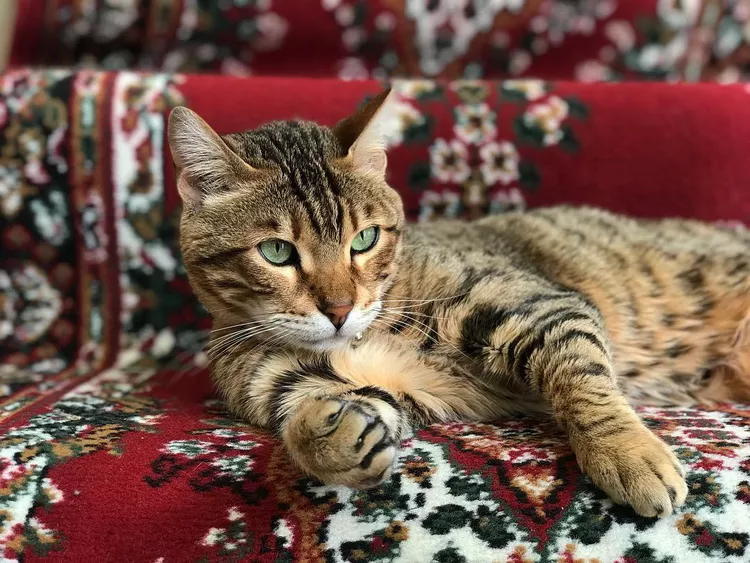
Pictures and Facts About Bengal Cats and Kittens
Bengal cats are a cross between wild cats and domestic cats. Learn more about what they look like and pictures of this beautiful spotted breed.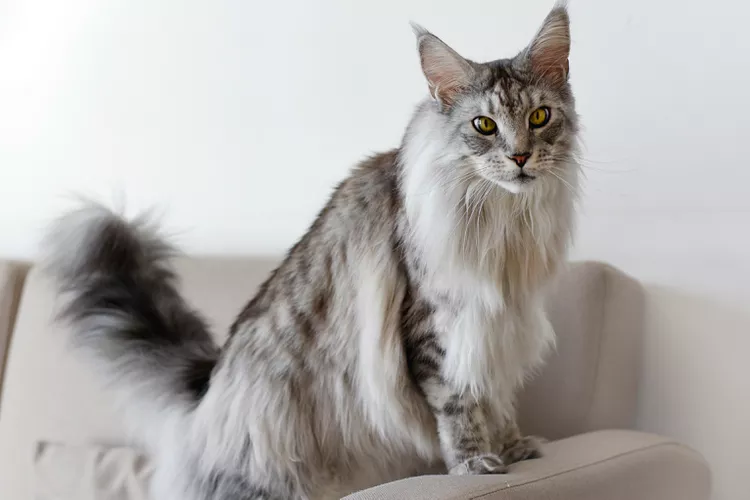
Top 10 Big House Cats
Larger cat breeds, like Maine coons and savannahs, deserve just as much love as their petite counterparts. These big house cats tip the scales.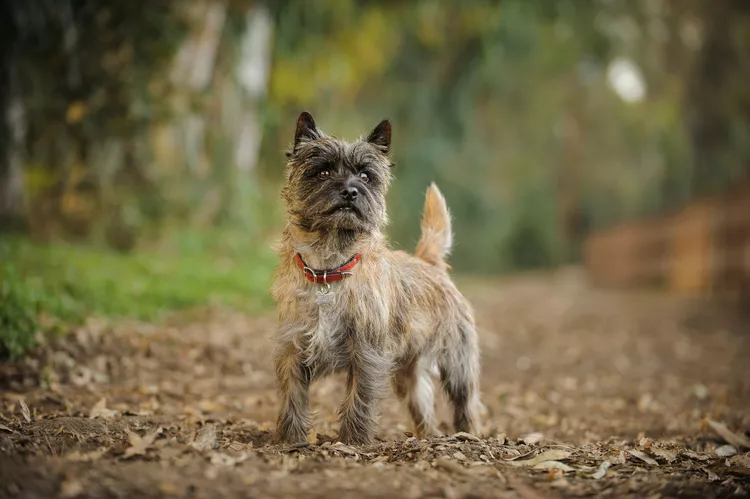
Cairn Terrier: Dog Breed Characteristics & Care
The cairn terrier is a spunky, affectionate, and intelligent dog from Scotland. The breed became famous when one played Toto in The Wizard of Oz. Learn about the temperament, history, health, and care needs of the cairn terrier dog breed.
Reasons Why Dogs Grind Their Teeth
Some dogs grind their teeth. Learn why dogs grind their teeth and if it can be harmful. Find out what to do about teeth grinding in dogs.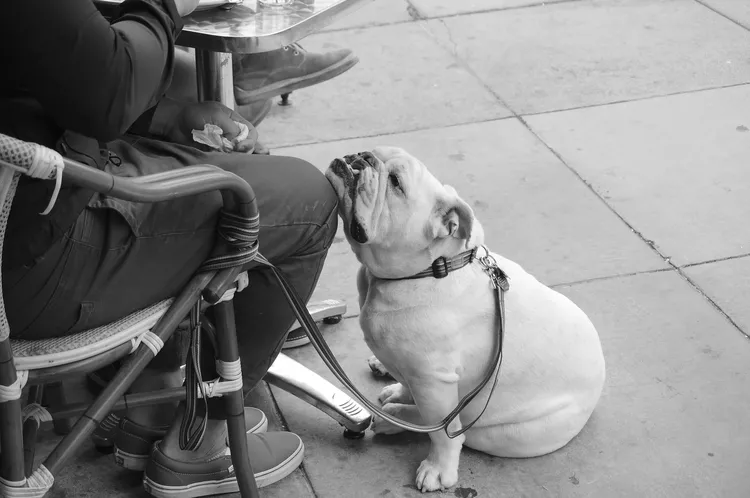
This Is Why Some Dogs Lean on People
Certain dogs really love leaning on their humans. What does this mean? Find out why dogs lean on people and if this is ever a problem.
Can Dogs Get Depression? How to Help Your Sad Dog
Can dogs get depression? Learn about the signs of depression in dogs and find out how to help your sad dog.